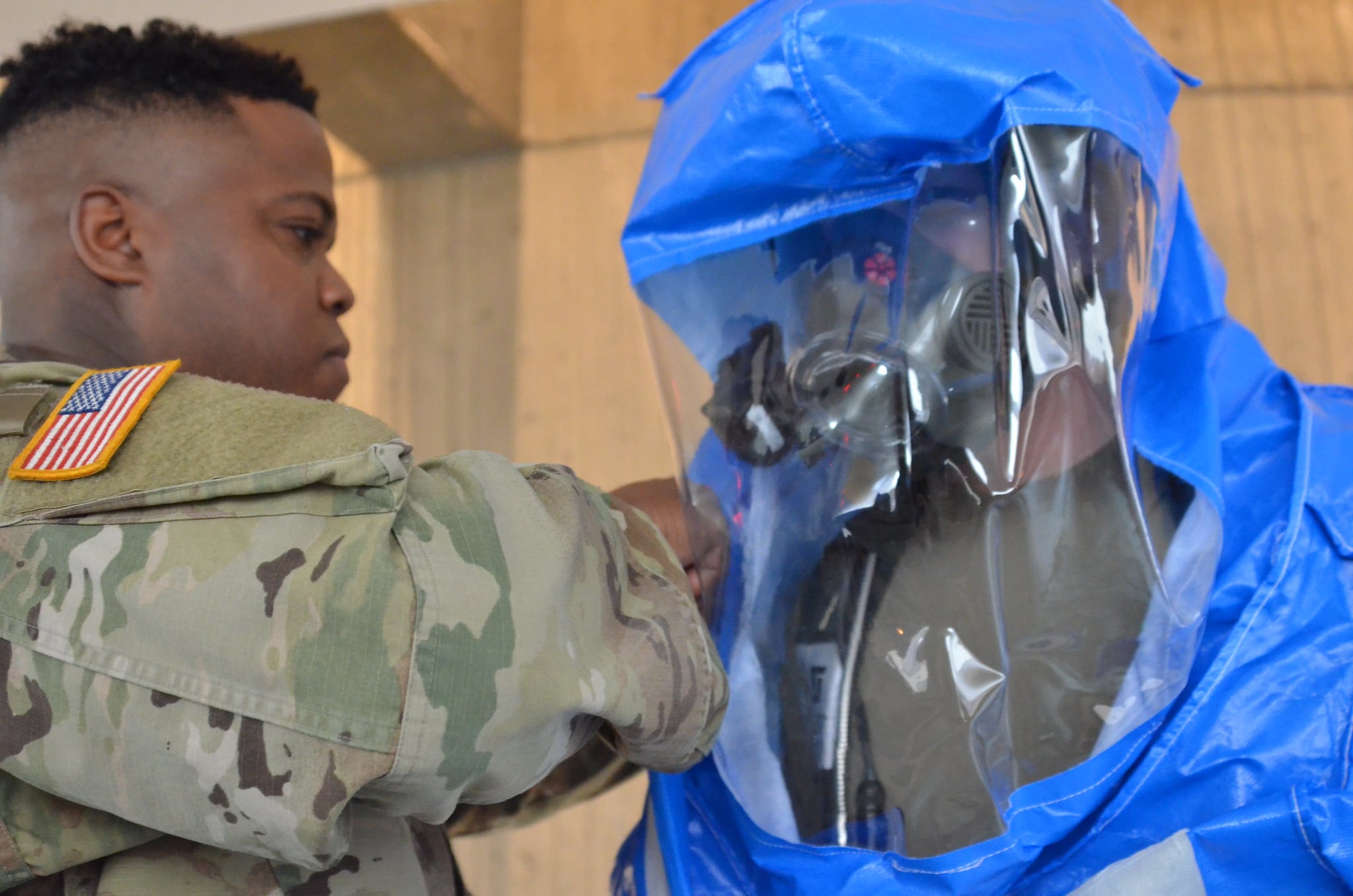While the rest of the Army’s geographic commands focus nearly all of their efforts on shifting to the near peer fight, U.S. Army North has a host of concerns close to home.
Those range from protecting the nation’s borders in recent assignments, receiving soldiers for major mobilization and tasking soldiers for natural disasters and coordinating efforts of training for the unthinkable – a nuclear or biological attack on a major U.S. city.
Lt. Gen. Laura Richardson is the head of ARNorth. She talked recently with Army Times about her command’s work over the past year and their ongoing training and readiness for the homeland.
RELATED

She took over the post this past summer after holding brief tenure as head of U.S. Army Forces Command. Over the past year, USA North has adjusted the southern border mission, balancing active, reserve and Guard troops along with other services to establish command and control over the security focus for the region.
And all of that work is piling on even as the command has not quite yet recovered from past sequestration and other cuts made to the homeland force during the height of the Iraq and Afghanistan wars.
That’s another challenge Richardson is also taking on.
The three-star said that her vision is to put U.S. Army North “back on the map” when it comes to resourcing within the Army.
With existing obligations, increasing hurricane activity, a new border security troop commitment, new strategy from U.S. Northern Command and both the National Defense Strategy and National Security Strategy placing homeland defense as the top priority, the command needs more resources, both funding and staff.
That mission was initially seen as a short-term responsibility for the command but has expanded into a more long-term commitment.
And as that expands, it wasn’t like wildfires out West or hurricanes down South and on the East Coast gave the command a breather.
While those responses have been part of the homeland mission for generations, new developments are giving commanders such as Richardson new areas to work, namely, social media.
Whereas in past years, news of weather events and emergencies might come solely from the state agencies and local media, social media is seeing a flood of information with each event, some of it true and some not.
That holds for other events in which troops may be called on, such as protests.
Richardson noted that the command conducted its various exercises, including walk throughs on how to protect the nation’s capital region, which falls under her area of responsibility.
“It’s kind of under the radar,” Richardson said. “Until something happens, you don’t realize you have it here.”
And, over the past two years, combined work with active, Reserve and Guard units has included coordinating how to best respond to a potential chemical, biological or nuclear attack, specifically rehearsing on Detroit.
That group, Task Force 46, primarily consists of Guard soldiers but shares a piece of each service and component as it has worked multi-state and regional response roles for such a scenario. It all falls under U.S. Army North.
Todd South has written about crime, courts, government and the military for multiple publications since 2004 and was named a 2014 Pulitzer finalist for a co-written project on witness intimidation. Todd is a Marine veteran of the Iraq War.
